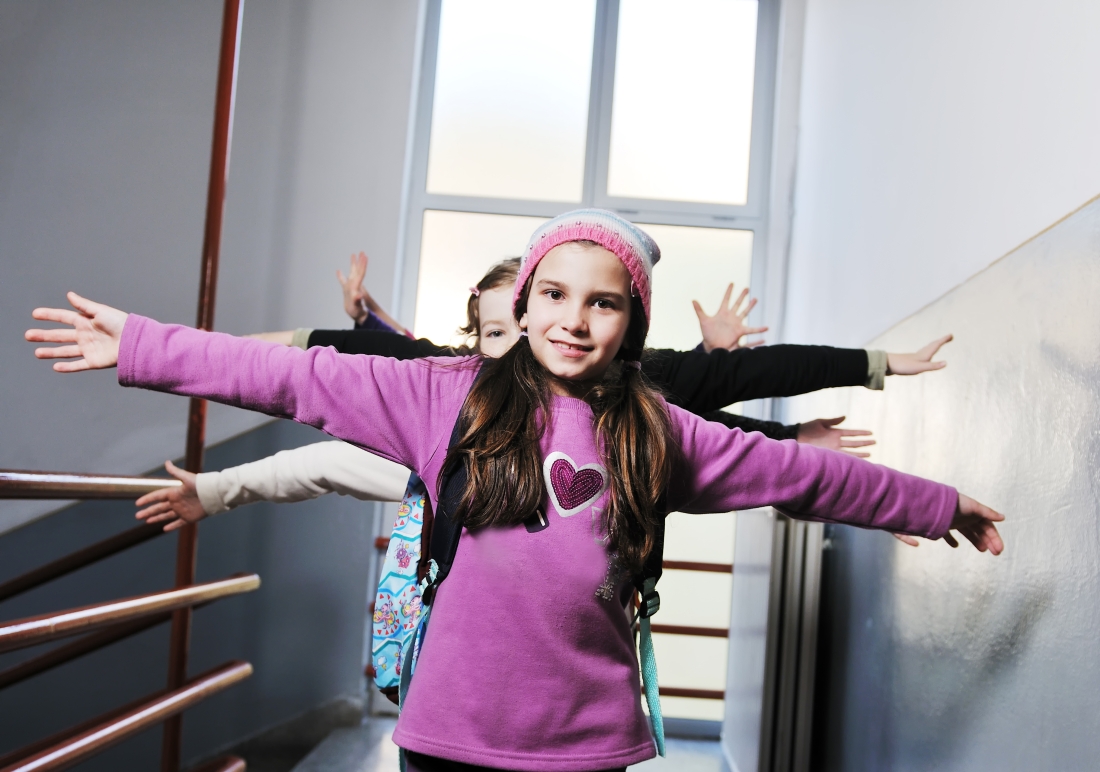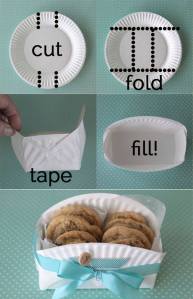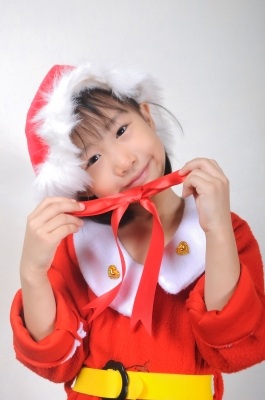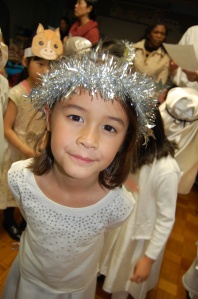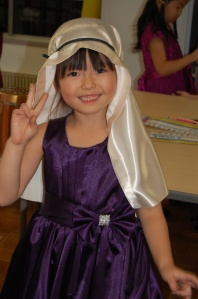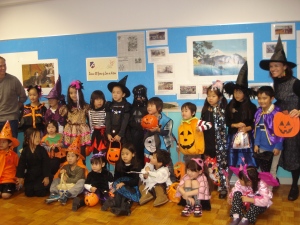Young children LOVE to learn about farm animals. When our sons were little, their favorite children’s stories about farm animals included Oh Dear by Rod Campbell and The Very Busy Spider by Eric Carle. There are many traditional farm songs, too. I’d love to have you try out this one, The Cow Says ‘Moo’ from Jump Jump Everyone by Kathy Kampa (available from ETJbookservice, CD Baby, and iTunes).
Let’s get started. Show pictures of the various farm animals from a picture book or from these blog images. Children might suggest additional animals from the farm, too.

cow

sheep
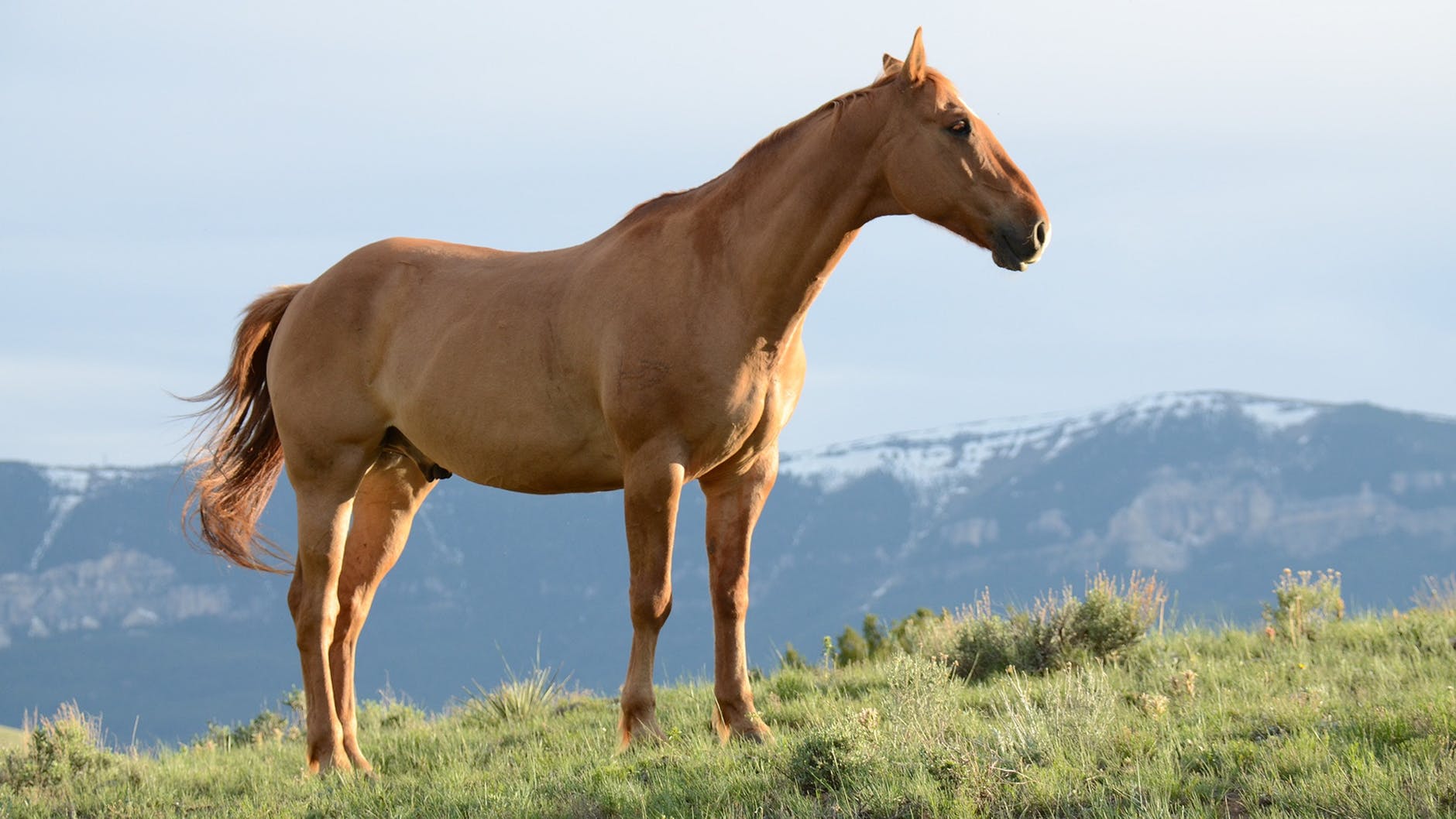
horse

dog

pig

rooster
Name the animals. What does each animal say? Even animals make different sounds in English! You can make a game matching the animal picture with its sound or with its name.
Display the vocabulary words. Print the images in this blog and put them into clear file folders. I put magnets on the back of mine. I can use the files with different vocabulary. Hang the picture cards on the board in the order of the words.
Children can stand and sing the song. There are two parts to the song.
The first part is the animal name and sound. Do you see the pattern in the song?
The cow says “Moo”
The cow says “Moo”
“Moo! Moo! Moo! Moo!”
The cow says “Moo”
The second part includes TPR actions. Practice these with the children. Did you notice the rhyming words (floor/ more/ four)? That’s important for our students!
When the cow says “Moo” you’ve got to clap, clap, clap,
When the cow says “Moo” you’ve got to pat, pat, pat,
When the cow says “Moo” you’ve got to touch the floor,
Are you ready for more? Count 1-2-3-4!
Children listen for the next animal sound. In this song you’ll find a sheep (baa), horse (neigh), dog (woof), pig (oink), and rooster (cock-a-doodle doo). The verse with the rooster is slightly different.

Once children know the song, you can add some props.
- Make these animal masks from LifeoverCs. I put a piece of yarn on each mask so that the children can just put them over their heads. You can put a number on the masks to help you remember the order of the animals.
2. Use Beanie Babies, stuffed animals, or puppets. Children love to hold these.
Small groups: Give each child one animal card or puppet. Listen for the name of each animal. When each animal is called in the song, the child with that animal card/puppet goes to the middle of the circle. The other children can walk in a circle around the child.
You can see my English class here.
Large class: If your students use desks, you can have each row designated as one of the animals. The child at the front of the row can hold the card. When each animal is called in the song, the children in that group can move around their desks.
You can also make a card for each student. When each animal is called in the song, the children with that animal card move around their desks holding their card up.
The music for this song is available on the CD “Kathy Kampa’s Jump Jump Everyone!”

You can find it on iTunes, CD Baby Store, and ETJbookservice as well as streaming services, such as Spotify and Apple Music.
Have a wonderful time singing and moving with your students!
You can find Kathy on the farm in the summertime. There are no animals here, but lots of fresh veggies are growing.
Kathy Kampa is a passionate educator of young learners. She seeks to nurture children’s imaginations and spark creativity through fun and engaging activities. Kathy believes that music and movement should be a part of every young child’s learning.
Kathy is the co-author of Magic Time, Everybody Up, Oxford Discover (ELTon winner), and Beehive (published by Oxford University Press). She has been teaching young learners in Tokyo, Japan for over 30 years. Kathy is also active as a teacher trainer, inspiring teachers around the world. She has currently returned to her home state of Minnesota in the US.
If you’re interested in more of Kathy’s work, check out her YouTube channel at Kathy Kampa


